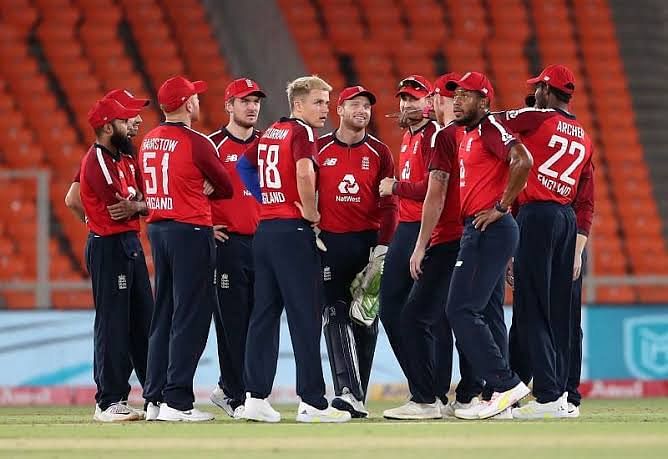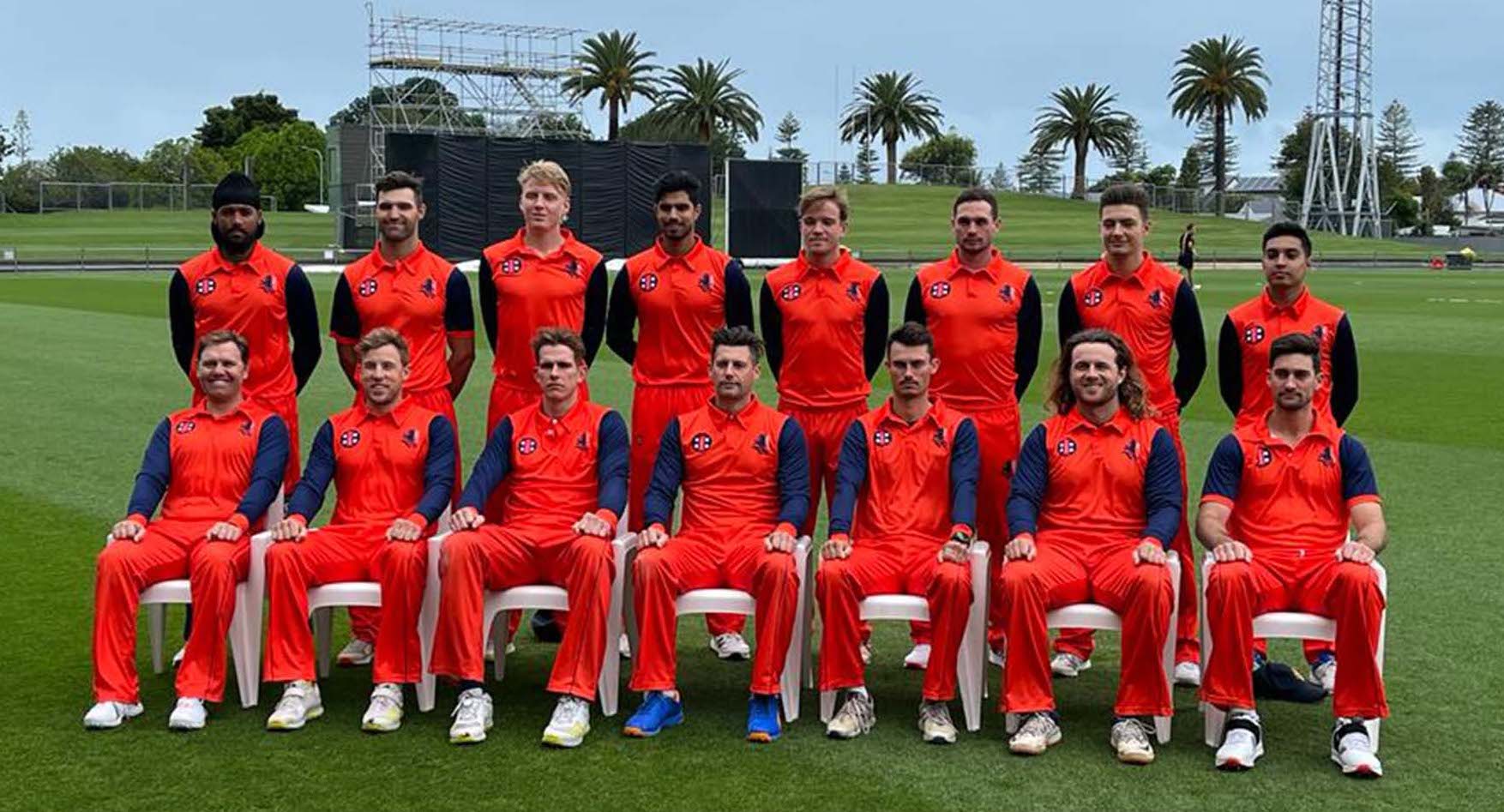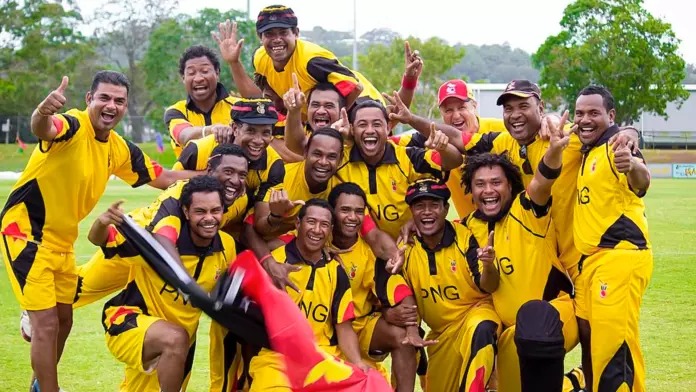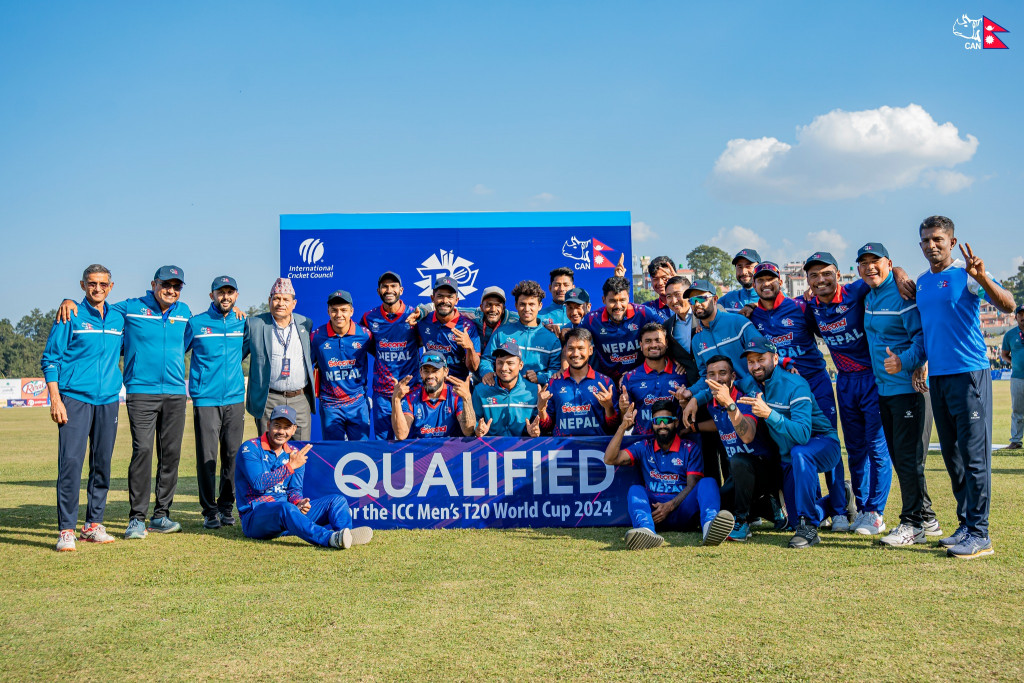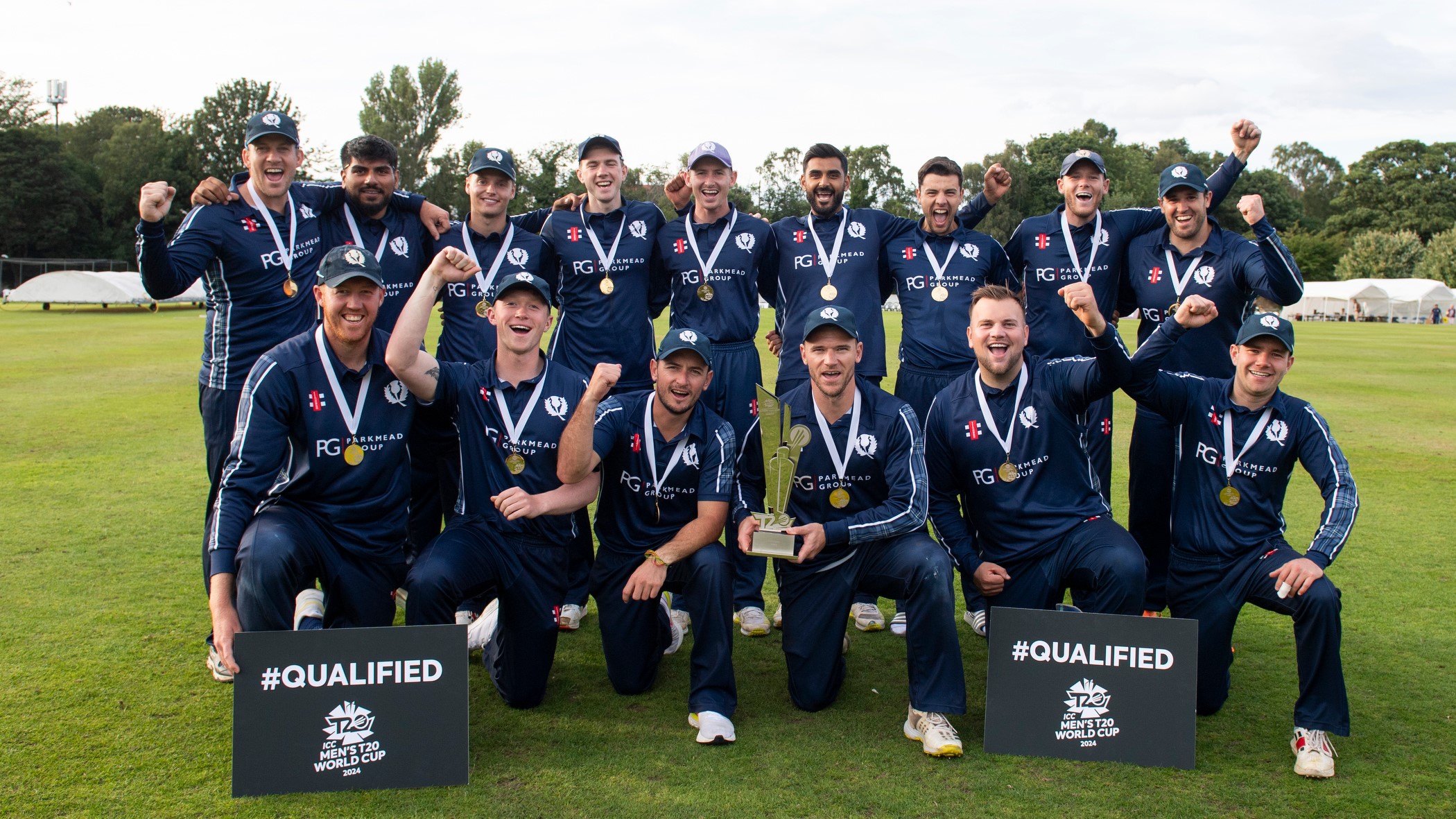The ICC's decision to ban the use of saliva on cricket balls, at least for the time being has split the cricket world. While many feel this is a good move, especially taking into account the health concerns in the times of Covid-19, others, mostly former fast bowlers feel this will just further tilt the balance more towards the bat in the contest between bat and ball.
Former Pakistan captain Wasim Akram recently said that the move would turn bowlers into robots, taking swing mostly out of the equation.
Bowlers traditionally get the ball to move in the air by applying shine to one side, while the other side roughs up, and saliva is usually the preferred option, even though sweat is also used. But sweat tends to leave the ball quite wet.
Anil Kumble, who heads the ICC Cricket Committee had suggested that saliva could not be permanently ruled out as the ICC did not want to open the door for alternative substances.
Australian cricket ball manufacturer Kookaburra is developing a wax applicator that allows players to shine the ball without using saliva or sweat, minimising the risk of COVID-19 transmission, but current laws of the game forbid the use of artificial substances to alter the ball.
There is of course a long history of tampering that goes well beyond bowlers spitting on the ball and rubbing it on their clothing.
So what do the bowlers do in the current scenario when the game is already tilted heavily in favour of the batsmen?
The owners of British Cricket Balls Ltd, the manufacturers of the Dukes ball and Sanspareils Greenlands (SG) - companies that manufacture cricket balls that are used in England and India respectively - told TimesofIndia.com that the bowlers need not worry.
Dilip Jajodia, owner of the British Cricket Balls Ltd, which manufactures the Dukes cricket ball in East London, said, "Dukes is a hand-stitched ball and has grease impregnated in the ball already so it won't face any problem in swinging in England. Sweat is enough to swing the ball and it also depends on the skills of the bowler to make the ball talk."
"The thread of the hand-stitched ball is more prominent and stays longer on the ball to make it easier for the bowler to swing the ball to maintain the balance between bat and ball. Kookaburra is a machine-stitched ball, it is easier to make but gets out of shape easily and fast. The seam of the Kookaburra ball gets embedded in the surface and it ceases to swing quite as much. To swing the ball, it has to be of right construction to get the desired result," Jajodia told TimesofIndia.com.Credits"
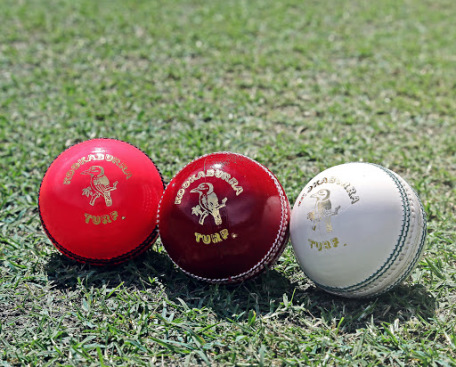
Jasprit Bumrah said cricket should seek an 'alternative' for shining the ball.
Apart from the shine, the seam on the ball also plays a big role, when it comes to the movement of the ball.
As far as the SG ball manufacturers are concerned, the focus is to keep the initial shine on for as long as possible.
"We will be giving a polish to the ball which helps the initial shine to remain for a bit longer, at least 10-15 overs longer and beyond that, the seam on the ball will be more pronounced, that can also give a little bit of advantage to the bowlers. The third most important thing is the core of the ball. If the core of the ball stays hard for say 75-80 overs, with that hardness retained, there will be more bounce in the ball and that again would benefit the bowlers." Anand reported to timesofindia.
"All these aspects, that is, retaining the hardness, which will obviously give more bounce, will work for the spinners and medium pacers also. The shine on the ball would probably work more for the fast bowlers, that's how it has been. As long as the ball is doing something initially, every captain wants the fast bowlers to take advantage of it," Anand said.
"But having said that, this research and development is all happening at our end and we will obviously wait for a brief from the BCCI and work according to the expectations from their technical team, who once are clear with a final direction. Everybody is going to be watching very keenly the England and West Indies match next month. It becomes all the more interesting for the entire cricket fraternity," Anand added.
The SG ball, in recent times, has faced some flak for not doing enough on the sub-continent wickets.
Taking the criticism in his stride, Anand said, "The conditions in England are more suited to swing bowling, it's the weather, the ground conditions, the pitch. The wear and tear that happens on the ball on the sub-continent wickets is a lot more. Over there (in England), because all those conditions are favourable and the ball doesn't go through that much of "torture", here (in India) even on the first day or second day the pitch starts breaking up when the spinners start bowling, there are cracks on the pitch and becomes very rough unlike how the conditions are in Australia or even in England. That challenge has to be faced by the SG ball here."

